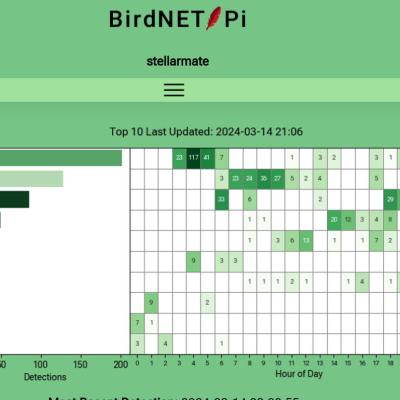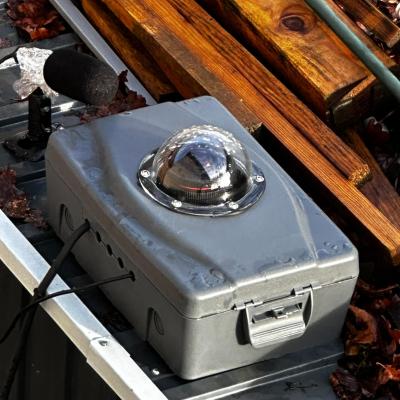Of course, as has been stated many times on our webpage, one of our main goals is constructing a sound methodology to accurately measure and keep track of light pollution. We attempt to do this by means of analysis of various types of measurement equipment under numerous distinct skies - but, this is not our only aim. For us, it is also very important to connect our sky brightness measurements, which show us just how bad light pollutes the skies, with the consequences of light acting as a pollutant, and the resulting ecological needs.
Not only is it becoming more rare to be able to look up and see a pretty picture painted across the canvas of the night - impacting astronomical quests both amateur and professional in nature - light pollution also impacts our wellbeing, and not to forget, that of the flora and fauna surrounding us.
Right from the beginning, this has been a core part of the KID framework. So far, this has been realised by multiband measurements of the KID all sky cameras. Recently, however, the very first direct link between the topics of sky brightness monitoring and nature’s call for help has been made. This has been implemented in the form of joining KID measurement equipment with bird song detectors, which together are currently deployed on the Tiny Observatory of the University of Oldenburg. The system consists of a standard KID-RP construction together with BirdNET-Pi software and a microphone for registering the surrounding birds' chirps and whistles. By means of artificial intelligence based recognition software, this makes simultaneous detection of sky brightness and bird sounds possible, allowing us to study the interplay between light pollution and birdsong.


